Remembering The Breakup of U.S. space shuttle orbiter Columbia. on Feb. 1, 2003, that claimed the lives of all seven astronauts on board just minutes before it was to land at the Kennedy Space Center in Florida.
Among those who died was India’s pride Kalpana Chawla who is still considered a shining beacon of hope for all Indian girls and Ilan Ramon, the first Israeli astronaut.
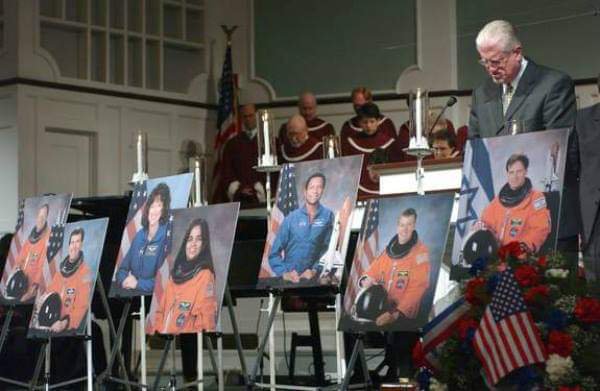
Columbia, which had made the shuttle program’s first flight into space in 1981, lifted off for its 28th mission, STS-107, on Jan. 16, 2003. STS-107 was a flight dedicated to various experiments that required a microgravity environment. The crew comprised commander Rick Husband; pilot William McCool; mission specialists Michael Anderson, David Brown, Kalpana Chawla, and Laurel Clark; and payload specialist Ilan Ramon, the first Israeliastronaut. As Columbia was reenteringEarth’s atmosphere, it broke apart overTexas at approximately 9:00 am Eastern Standard Time at an altitude of 60 km (40 miles), showering debris across southeastern Texas and southern Louisiana. The disintegration of the craft was recorded by television cameras and U.S. Air Forceradar. Its major components and the remains of the crew were recovered over the following month.
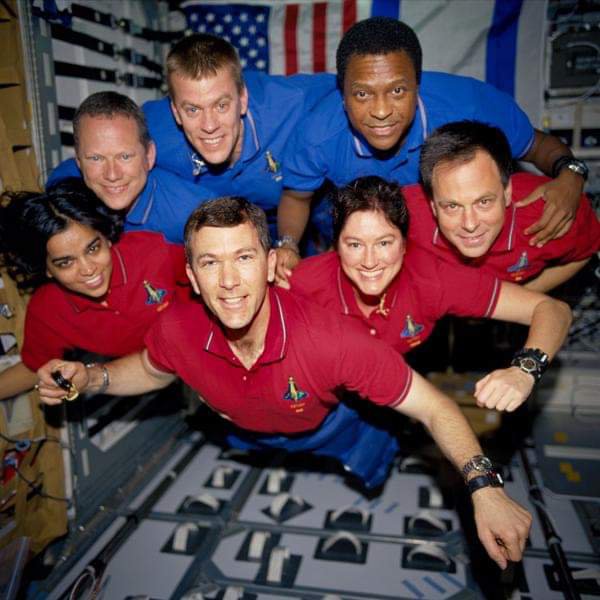 The destruction of Columbia followed by almost exactly 17 years the loss ofChallenger in a launch accident on Jan. 28, 1986. Ironically, the cause of the Columbiacatastrophe soon was determined to be launch-related as well.
The destruction of Columbia followed by almost exactly 17 years the loss ofChallenger in a launch accident on Jan. 28, 1986. Ironically, the cause of the Columbiacatastrophe soon was determined to be launch-related as well.
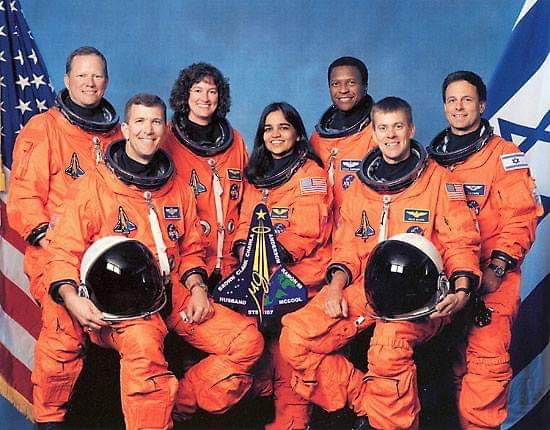
Films showed that a piece of insulating foam broke loose from the external propellant tank and struck the leading edge of the left wing approximately 81 seconds after liftoff. Bits of foam had detached in past missions without serious mishap, and, at the time of the Columbialaunch, National Aeronautics and Space Administration (NASA) engineers did not think that the foam carried enough momentum to cause significant damage.
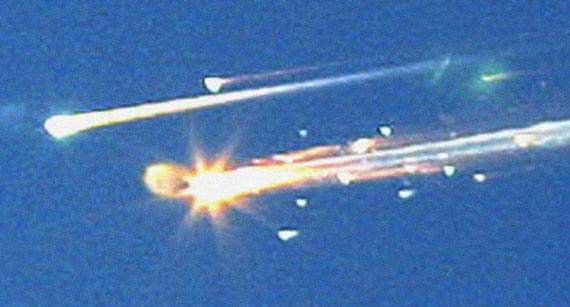
In fact, as demonstrated in postaccident tests, the foam was capable of punching a large hole in the reinforced carbon-carbon insulation tiles that protected the shuttle’s nose and wing leading edges from the extreme heat of atmospheric reentry. Although some engineers had wanted ground-based cameras to take photos of the orbiting shuttle to look for damage, the request did not get to the right officials.
During Columbia’s atmospheric reentry, hot gases penetrated the damaged tile section and melted major structural elements of the wing, which eventually collapsed. Data from the vehicle showed rising temperatures within sections of the left wing as early as 8:52 am, although the crew knew of their situation for perhaps only a minute or so before vehicle breakup. Subsequent investigation by NASA and the independent Columbia Accident Investigation Board uncovered a number of managerial shortcomings, in addition to the immediate technical reason (poor manufacturing control of tank insulation and other defects), that allowed the accident to happen.
The most palpable result of the accident was a grounding of the remaining threeshuttles—Discovery, Atlantis, and Endeavour(the last built to replace Challenger)—until NASA and its contractors could develop means to prevent similar accidents, which included kits for repairs in orbit.
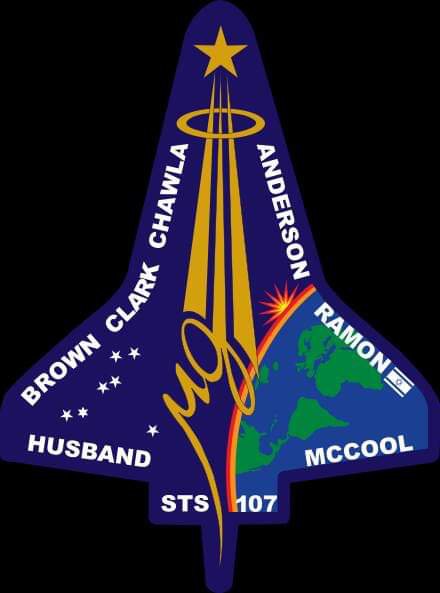
Assembly of the International Space Station(ISS) in Earth orbit was suspended after theColumbia accident until shuttle flights could resume. Limited research on the ISS was conducted by rotating two-person crews launched in Russian Soyuz spacecraft. The shuttle did not return to space until the STS-114 mission, which launched on July 26, 2005.